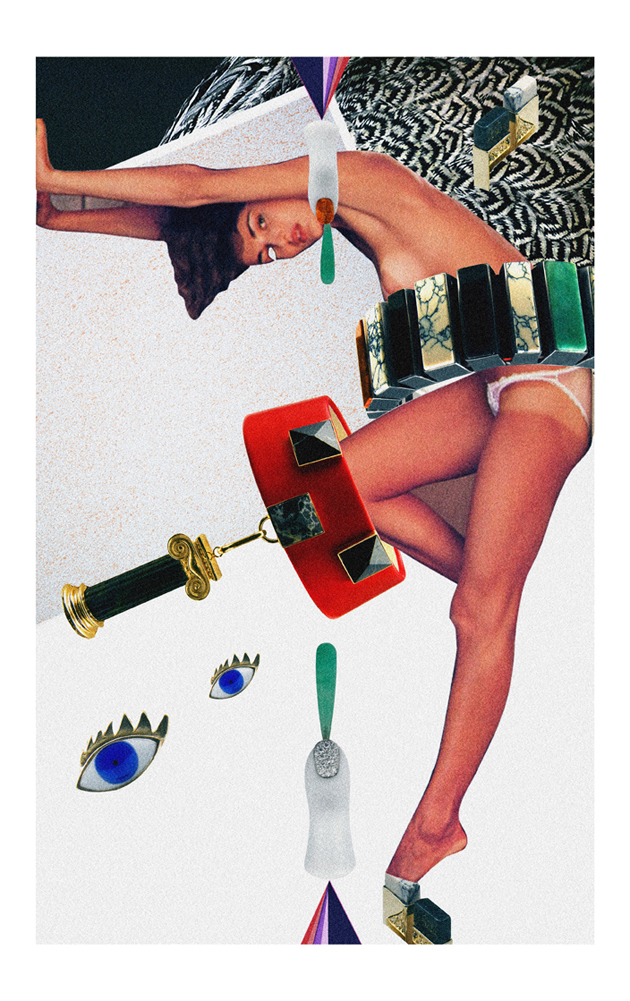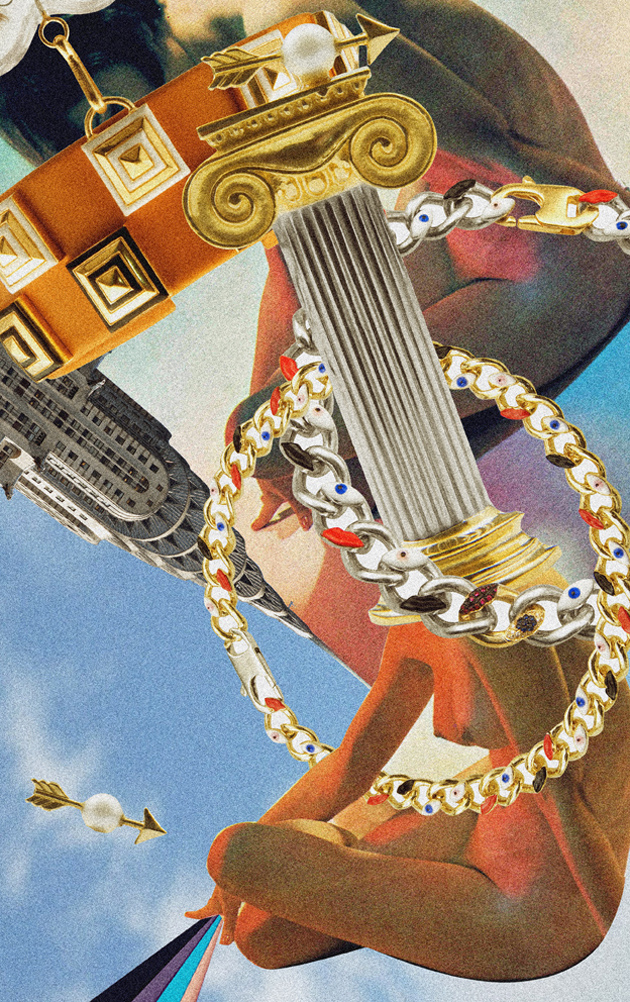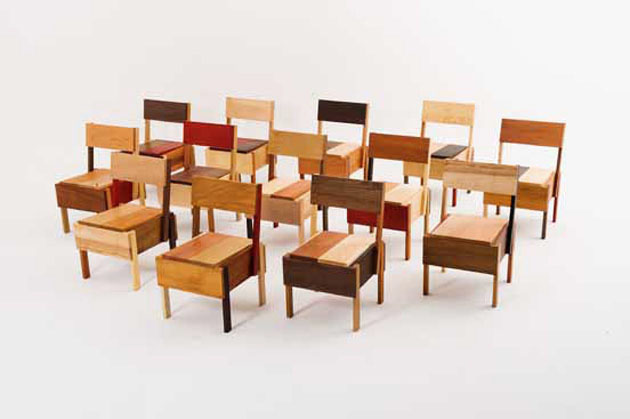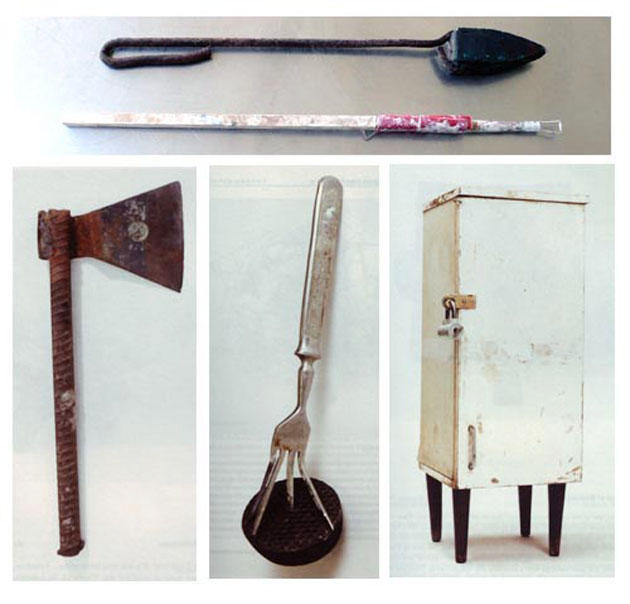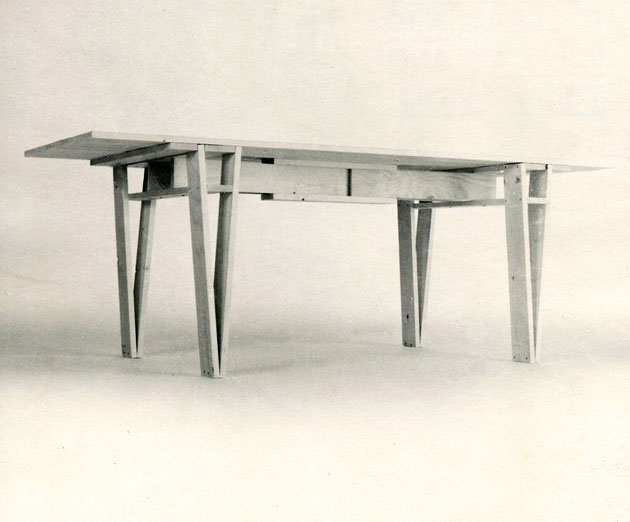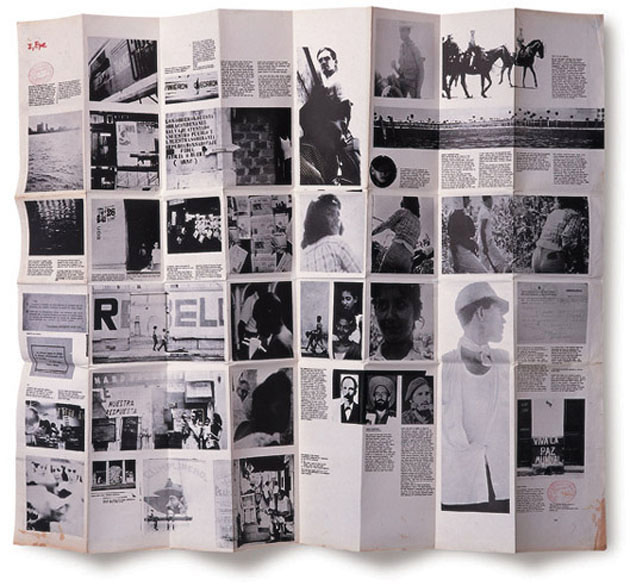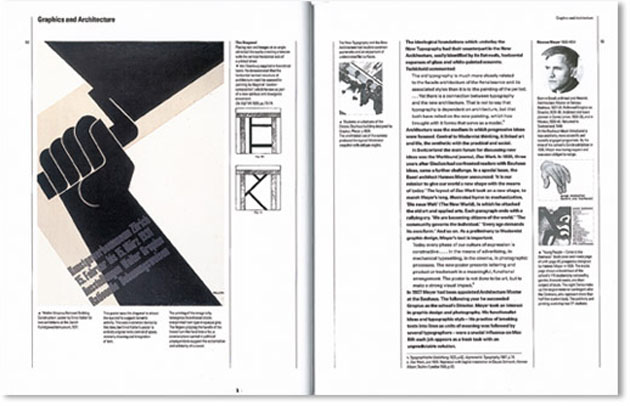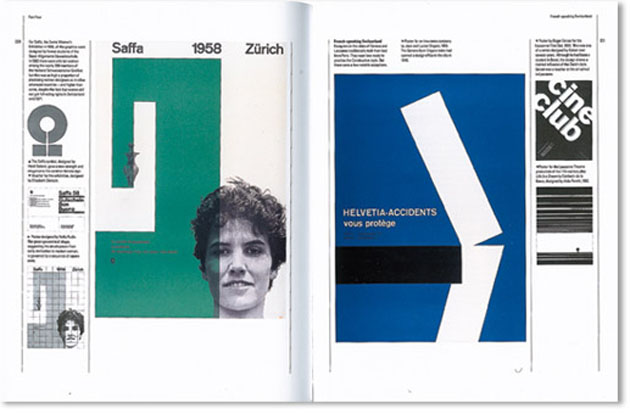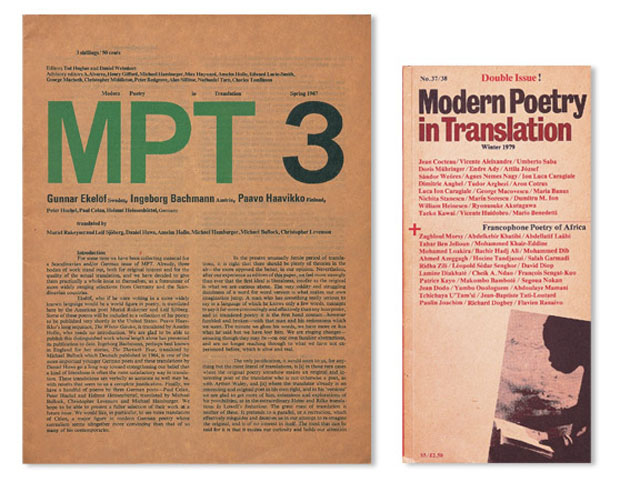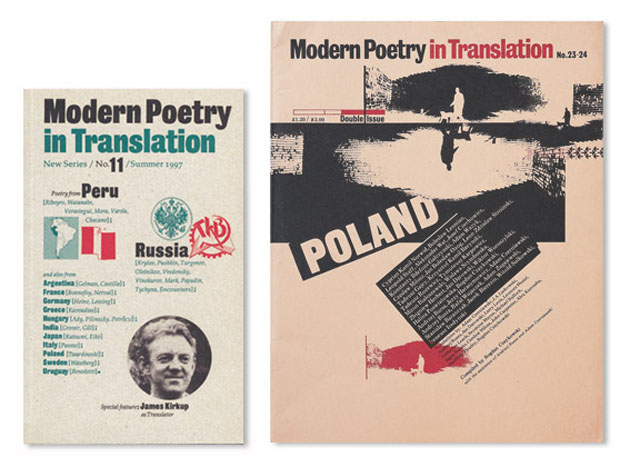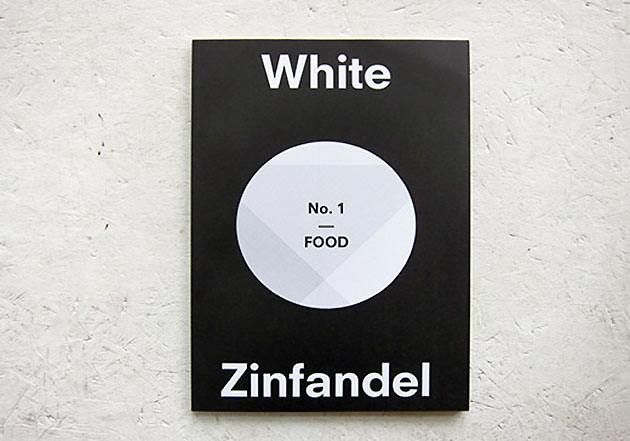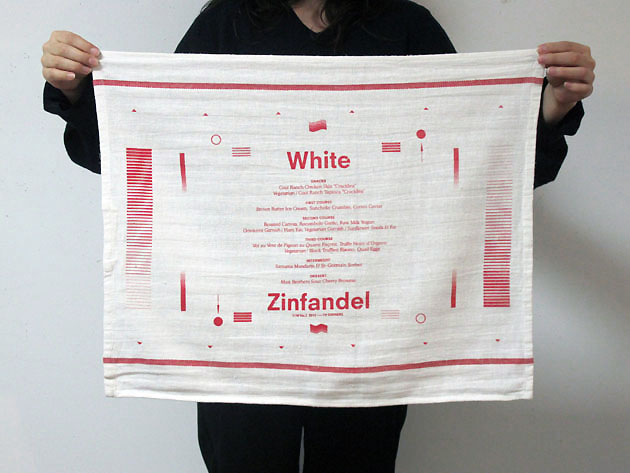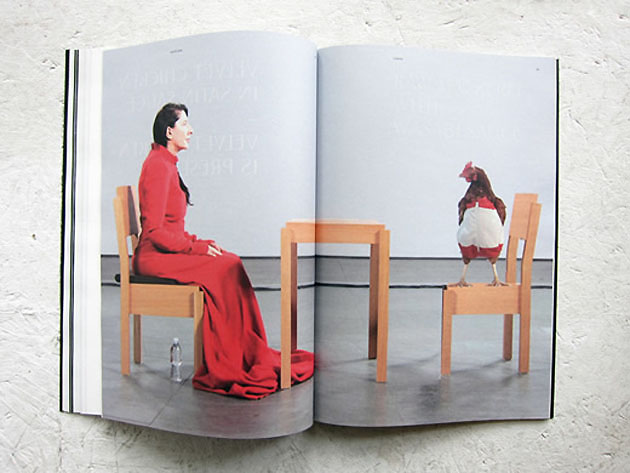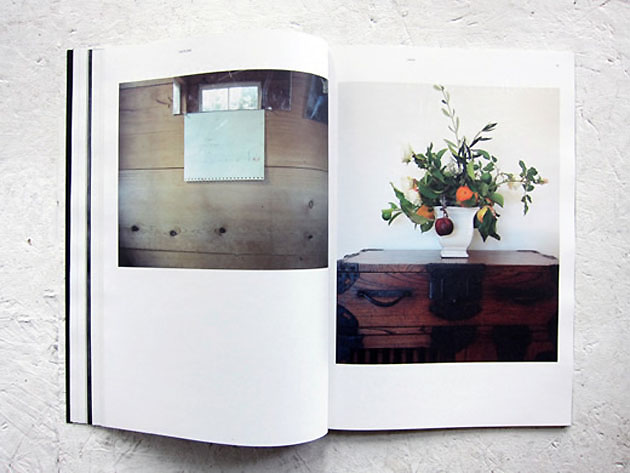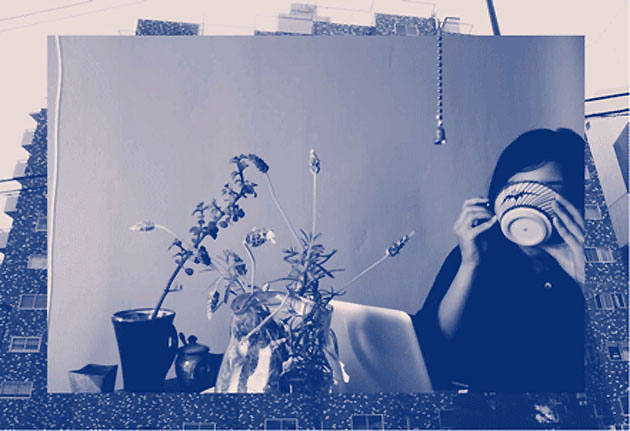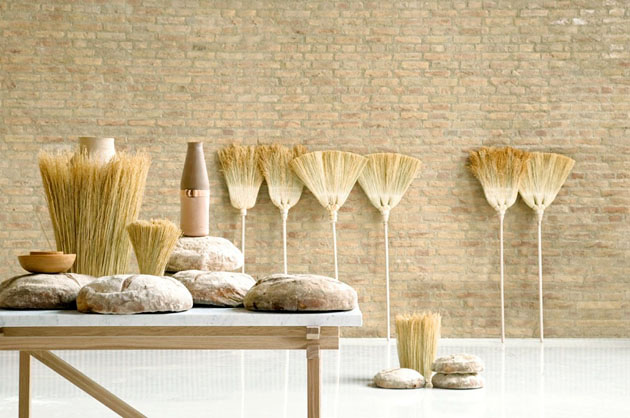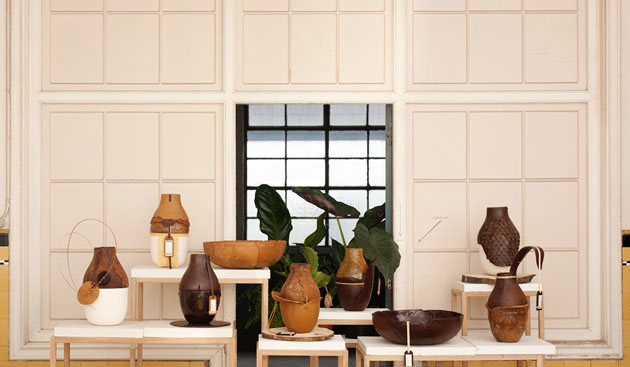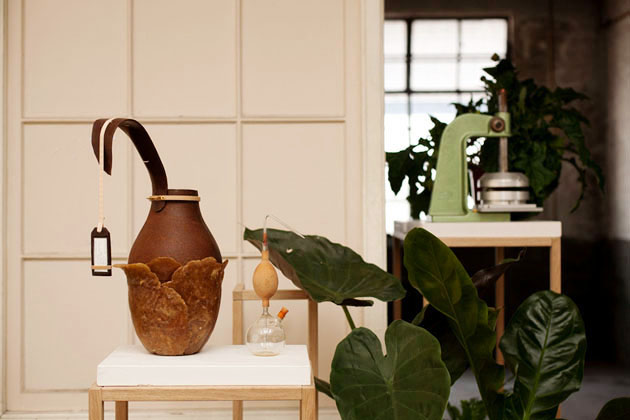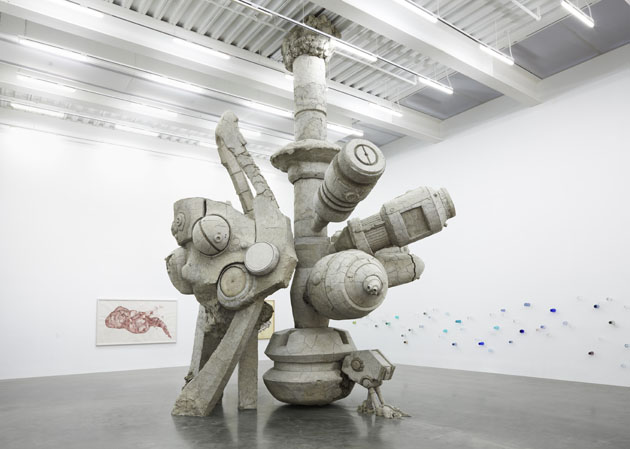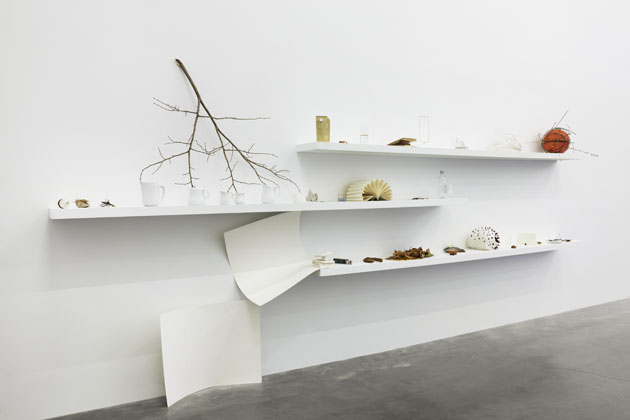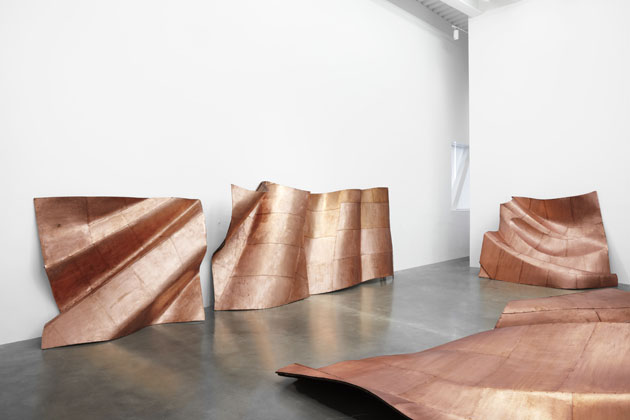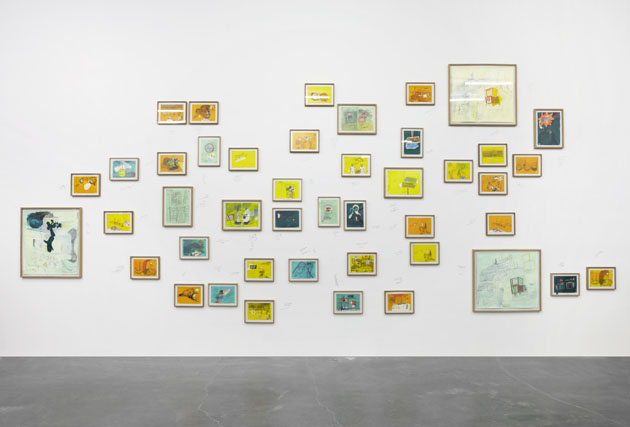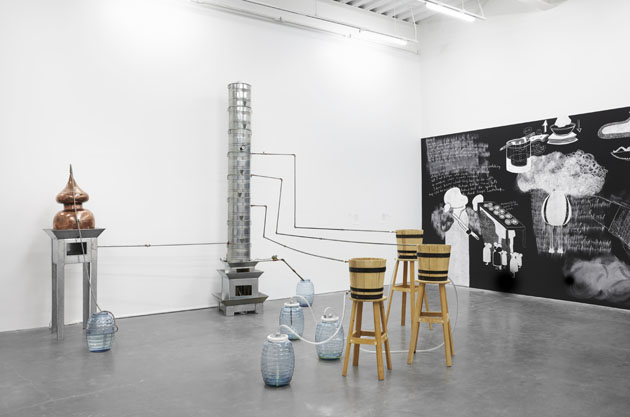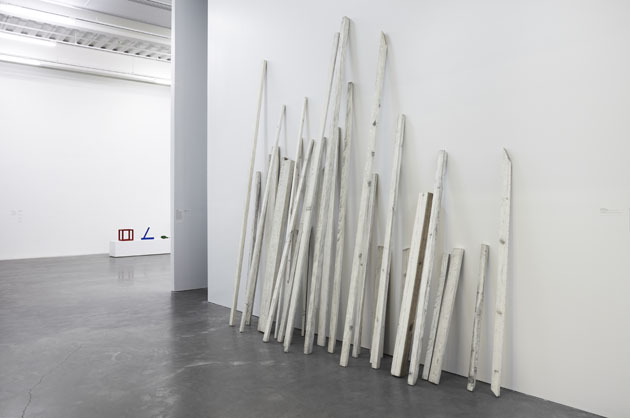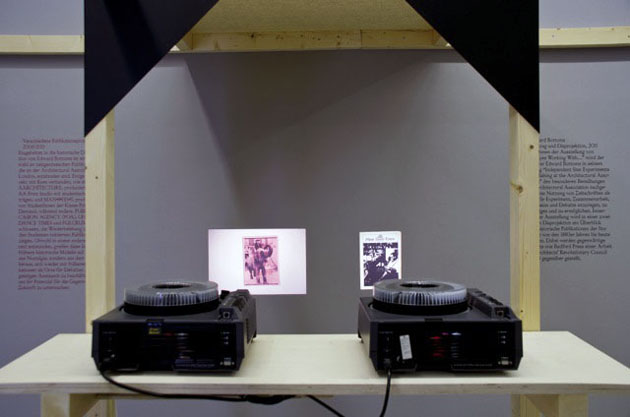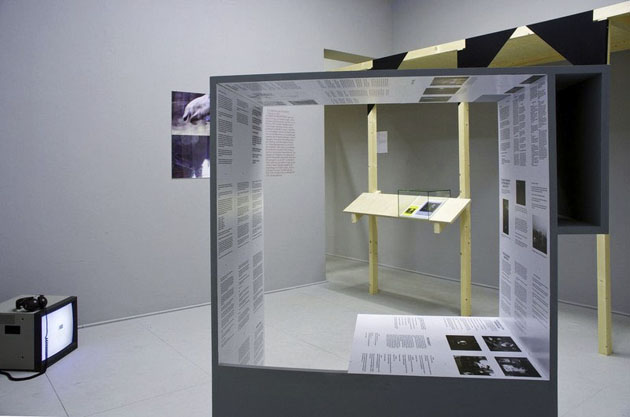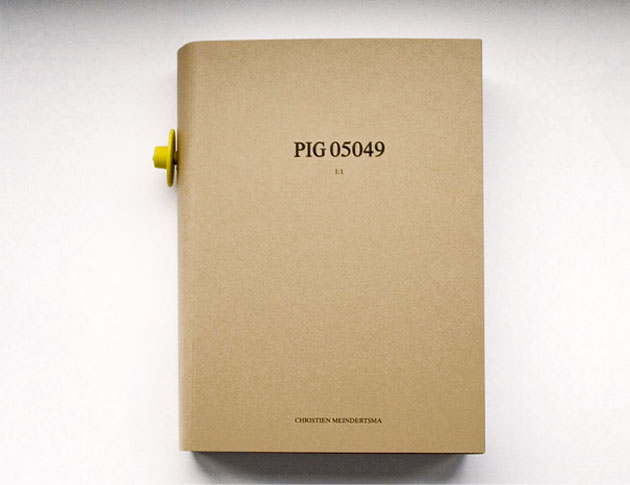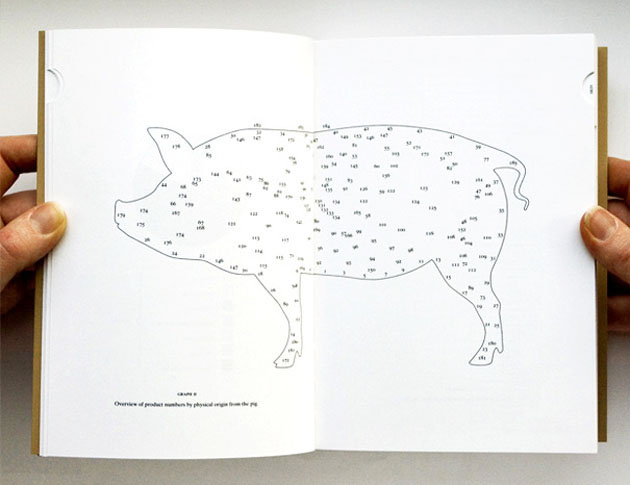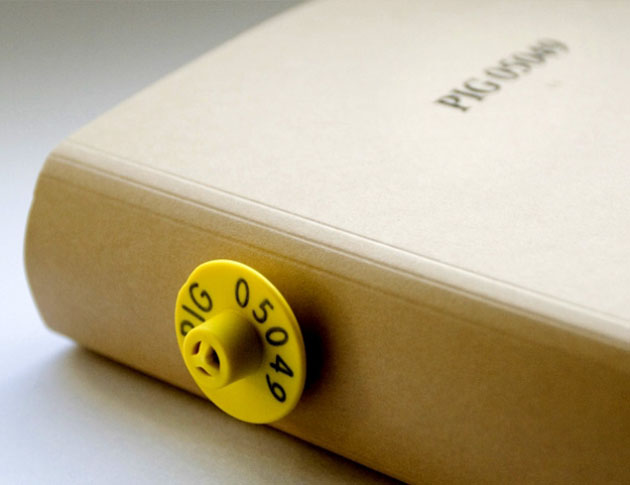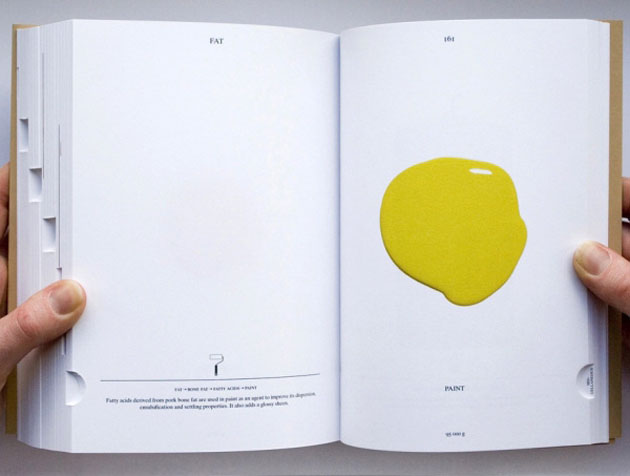Uglycute: Questioning Modernism
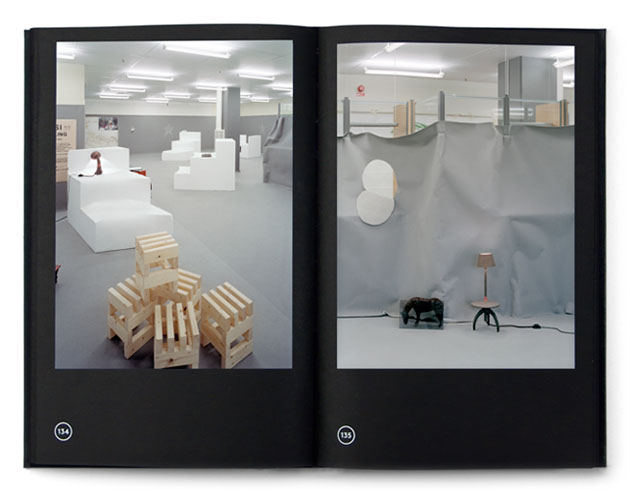
If somebody mentions Scandinavian design, you’ll surely be picturing its most prominent modernist examples. Born after the second World War and ideologically based on a particular form of social democracy, Scandinavian modernist design stands for simplicity, functionality and equality. If we take these premises into account, modernist design can’t simply be considered as a stylistic etiquette, on pare with other twentieth century -isms. It should actually be thought of as a forma mentis – a way of thinking that goes beyond any stylistic classifications.
Although this approach to design, promoting low cost materials and mass production, characterized by simplicity of form and pursue of functionality, might seem infallible, it did come to a crisis. Without even realizing it, around 1990s, Scandinavian design forgot its forma mentis and got lost in stylistic mannerism, thus openly inviting for criticism.
This apparently invisible call for renewal was caught by a group of four young creatives, that started their career in 1999 with a show mocking Bruno Matthsson‘s design. The group named themselves Uglycute and the creatives are respectively Andreas Nobel, interior designer, Fredrik Stenberg, architect, Markus Degerman and Jonas Nobel, artists.
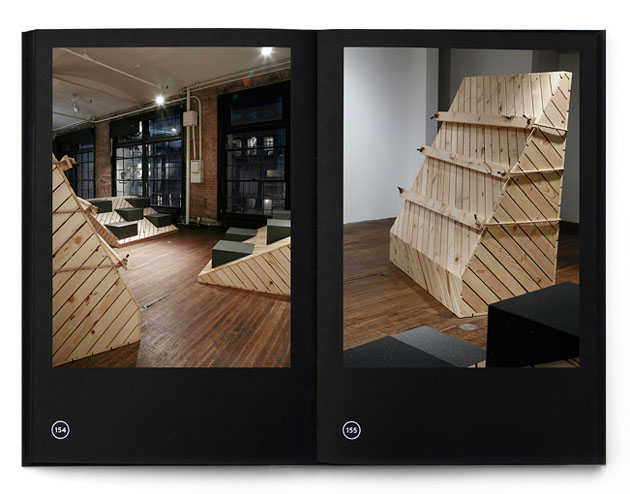
Even though their different backgrounds may seem a sheer coincidence, Uglycute actually bases its practice on the idea of expanding the concept of design by crossbreeding it with different disciplines. This approach is being manifested through a series of edgy projects that question the common idea of form, beauty, proportions and materials in design. Uglycute tries to put a particular accent on the production process, questing for value in the most common objects and materials. Even though their chunky furniture and exhibition design might seem subversive and postmodernist, if you manage to capture the processes and meaning underlying each of their projects, you should catch more than a glimpse of modernist spirit.
Although it may have started as a young designers’ utopia, Uglycute’s work has through time grown into an impressive list of projects; to name a few: Cheap Monday headquarters’ interior design, exhibition installation for Onomatopee project space in Eindhoven, furniture collection for Kiosk shop in New York and “Sonic House” project for Utopia Station at Venice Biennale in 2003.


If their initial intent might have been shaking things up in the sleepy Sweden, seeing their retrospective at Marabouparken art gallery in Sundbyberg, you can’t but think that things got a bit out of hand. A 500 square meet maze-like exhibition not only shows their highly ironical and almost rebellious way of working, but also offers the opportunity to question the dogmatic separation between art and design and their respective social and political influences.
If Sundbyberg seems out of reach and you can’t make it to the show (running until the 13th of May), you should at least spoil yourself with “Uglycute” catalog, carefully designed by Research and Development and published by Revolver.
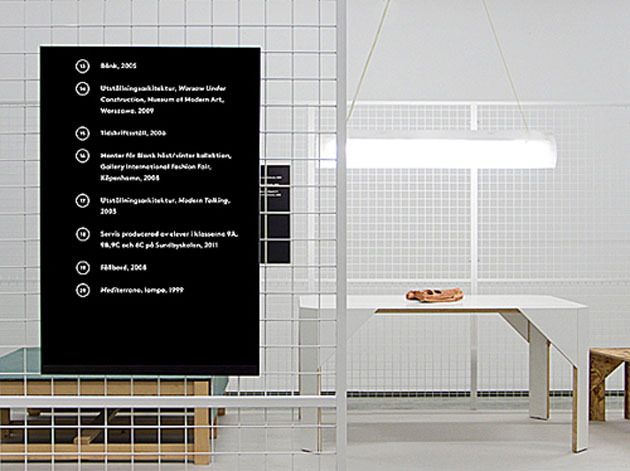
Rujana Rebernjak
